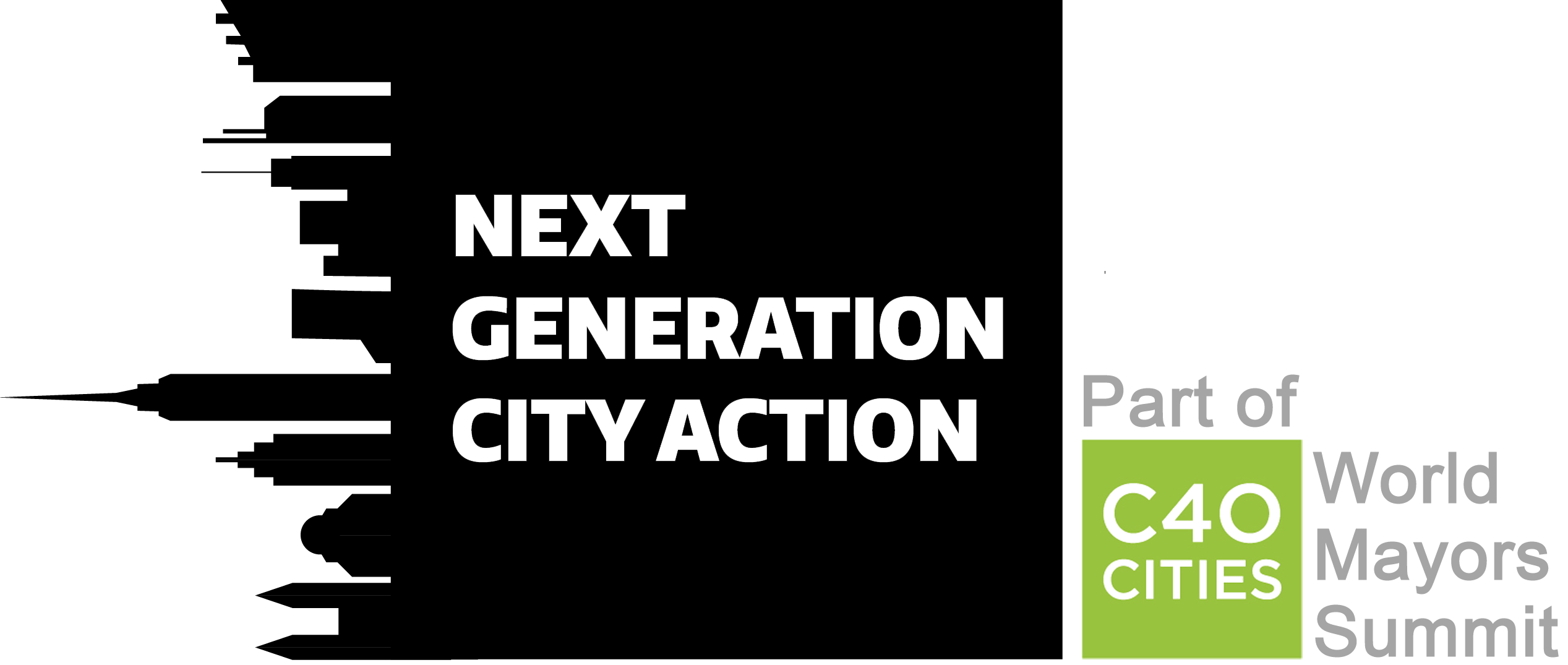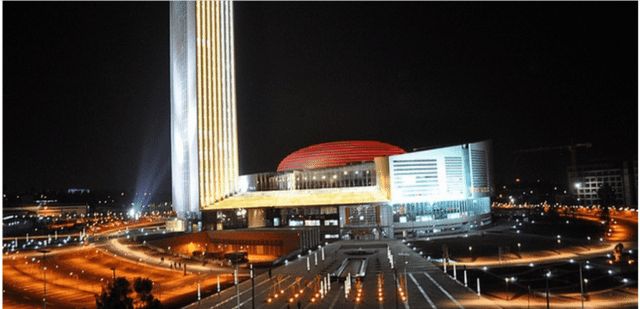
About Addis Ababa
Addis Ababa is the capital city of Ethiopia which extends over 540 square kilometers at an altitude of 2,500 meters above the level of the Mediterranean Sea. It is considered one of the fastest-growing economies in Africa. The city has a population of 4.4 million people, out of which 2.5 million people (57%) use public transport daily. By mid 2015, Addis Ababa had 465,152 registered vehicles, 1009 vehicles were public transport buses against the demand of 3500 buses. To alleviate the problem, the government has implemented 34.25 km Light Rail Transit (LRT) with a daily ridership of 200,000 people. To further improve public transport in Addis Ababa, the government has embarked on implementing a Bus Rapid Transit (BRT) system, currently in its implementation phase.
BRT Adoption
The SWOT analysis highlights on the Strengths, Weaknesses, Opportunities and Threats that influences the BRT implementation in Addis Ababa.
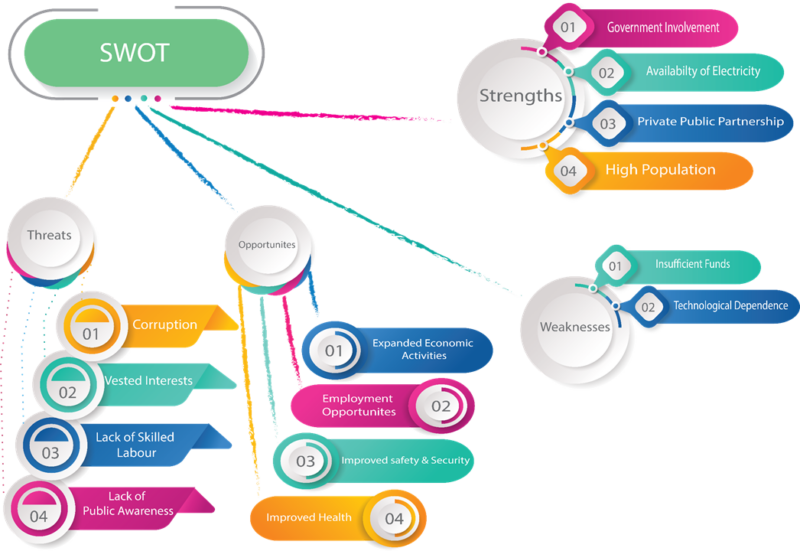
Addis Ababa is at intermediate stages of BRT implementation phase. However, it has experienced some challenges which include;
- Lack of Battery Disposal Technology
- Society Displacement
- Shortage of Foreign Currency
- Lack of Skilled Labour
- Power Interruptions
Solutions to the Challenges
1. Shortage of Foreign Currency
The shortage of Foreign Currency in Addis Ababa is majorly caused by three factors; Slow export growth, Procedural Problems and government projects. Attracting foreign investors through private-public partnership is a solution to this challenge. It is not much sustainable in the long run, but it is able to salvage the situation as more sustainable long term solutions are being implemented. Foreign investors bring their currencies with them boosting the amount of foreign currency within the country. The partnership with the foreign investors also partially eliminates much expenditure by the government on importing technology and skilled labor. Less expenditure implies reduced demand on foreign currency resulting in shortage prevention.
Promoting exportation of locally produced goods and discouraging importation of goods that are produced locally, is a sustainable short-term solution to the shortage of foreign currency. The exchange of currency for the goods exported results into acquisition of foreign currency.

Managing the short term debts results in a spread repayment period which relieves on the demand for foreign currencies when the loans mature. Foreign reserves are used for backup for short-term debts. They are quickly liquidated to help the country ride through a shortage of foreign currency.
2. Electricity Interruption
To solve the challenge of electric interruption, there exist several solutions. The most implementable and sustainable short- term solution is establishing electricity back-up systems. Using batteries charged with Photovoltaic Solar panels integrated with the use of a microgrid is a stable solution to electric interruptions. This is a tested and viable technology currently used in some cities of the world. It is also a solution to the reduction of GHG emissions.
The long-term solutions to electric interruption will ensure a more sustainable, resilient power system; these include system hardening, smart grid, utility rate discounts and promoting energy efficiency in buildings. These mechanisms are explained further in a write up.
3. Battery Disposal
Electric Vehicle batteries are likely to need replacing once their capacity reduced to 75% – 80% of their original capability. However, the price of a replacement may deter consumers from purchasing Electric Vehicles in the first place. To promote the use of Electric Vehicles, there are several ways of managing the replacement process and the replaced batteries. To be able to have an efficient short-term solution to batteries disposal, the city administration should formulate a policy that promotes the bus manufacturer to repossess the batteries once used. The contract of supplying the buses should be inclusive of the management of the batteries (maintenance and disposal). This program is to help handle the situation as the administration lay the strategies of developing battery recycling plant that will not only handle the batteries from the buses, but also the batteries from other industries.
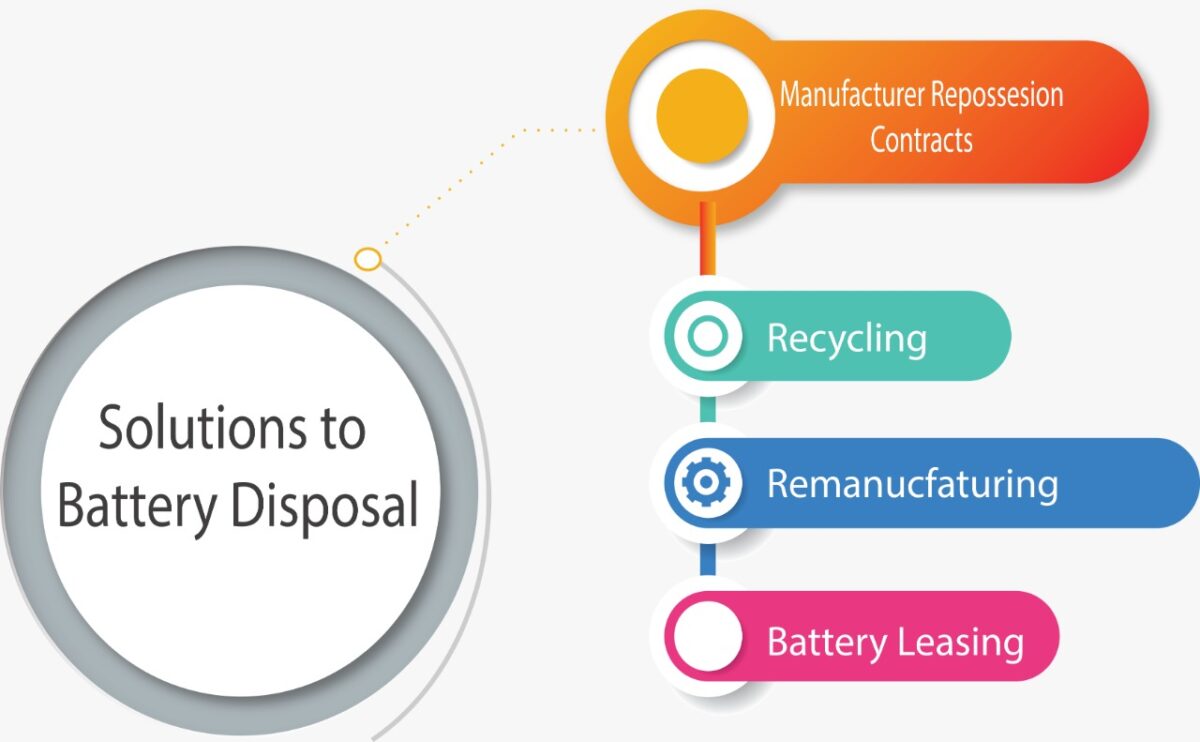
The manufacturers can also offer and replace used batteries through a leasing program. In this program, the manufacturer owns and services the battery including its disposal. The customer only pays the regular amount of leasing but not the price. This program saves on huge initial investment that requires the customer to purchase the required batteries at once. It is self-sustaining as the portion of the profit gained in the operation of the buses is used to finance the leasing.
4. Skilled Labour
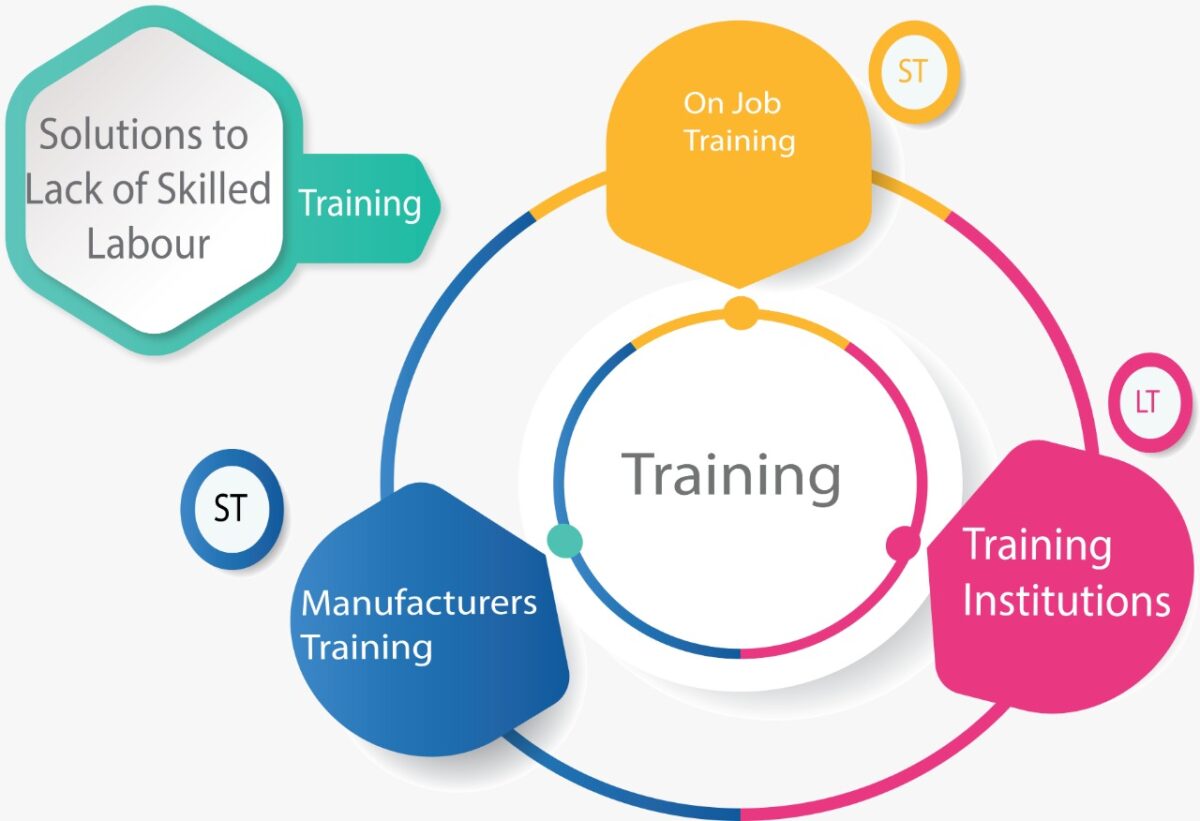
To enable effective integration of Electric Vehicles into the market, offering training to drivers , technical workforce and firefighters is necessary. A shift in qualification requirements is to be expected, which cannot be covered by the recruitment of new employees only. The new skills required for manufacturing and operating Electric vehicles implies that the existing workforce has to re-skill or up-skill. This can be achieved best through stakeholders’ involvement and commitment. It requires a coordinated national and local approach. The training required can be provided through either employers (On-Job Training) and manufacturers training of the local workforce through private-public partnership. These two are the short–term solutions to the lack of skilled labour. Developing a curriculum on Electric mobility to taught in training institutions such as technical schools, community colleges or universities, is a stable sustainable long-term solution to this challenge .
5. Society Displacement
Involuntary resettlement should be avoided to the extent possible and when avoidance is not possible, displacement should be minimized by exploring alternative project designs. Where economic displacement and relocation of people is unavoidable, it must be managed in a consultative, fair, and equitable manner and must integrate cultural and heritage preservation.
Infrastructure projects should be managed through a comprehensive social impact management plan and document how benefits and compensations will be shared with project-affected communities and how they would be delivered, how grievances and social liabilities are managed, and how stakeholders will be engaged. Projects should include final local community agreements based on free, prior, and informed consent. Displacement and Resettlement management plans should be implemented to ensure preservation or enhancement of public amenities, maintain urban connectivity, and avoid mobility disruptions.
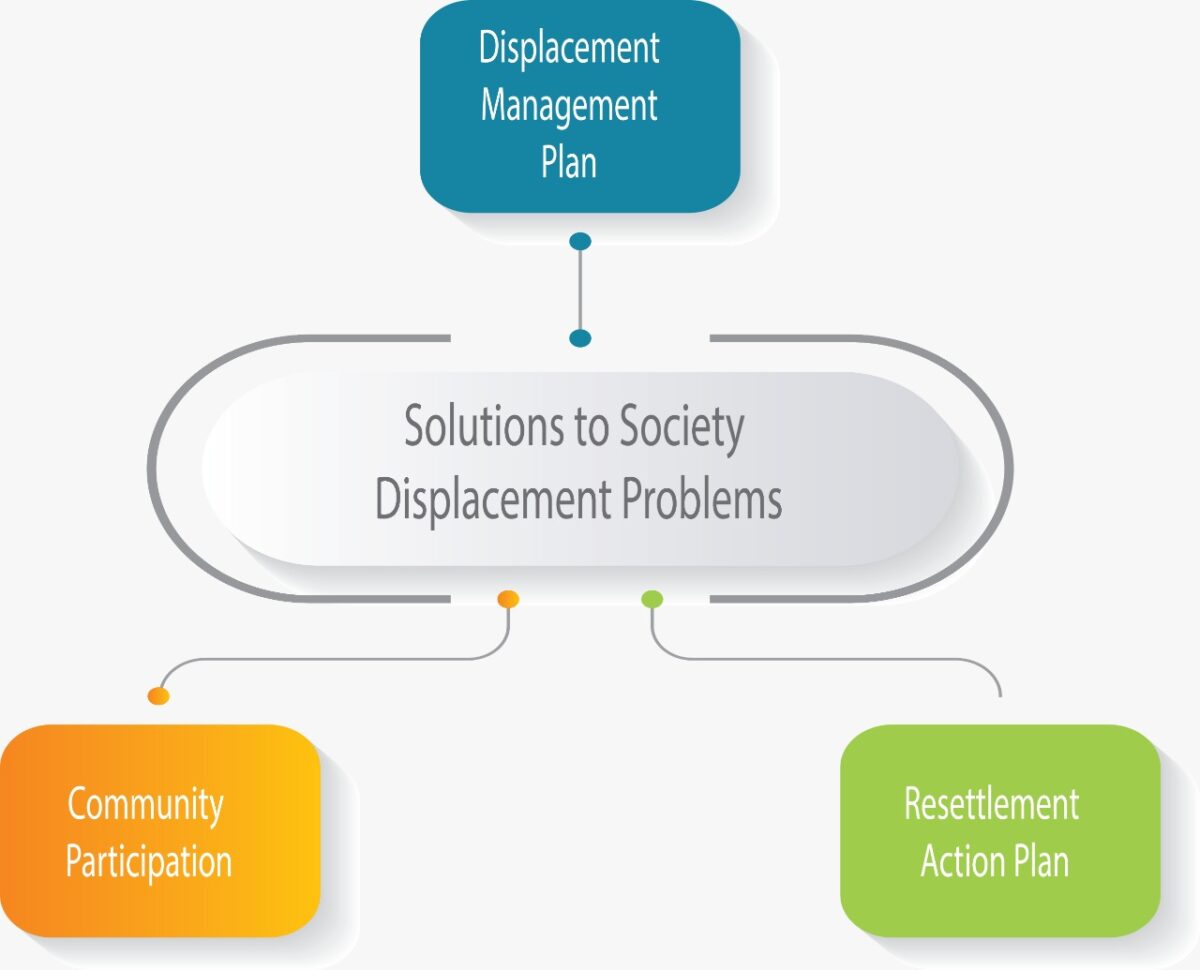
Subjecting the process of displacement and resettlement under the forces of participation help make displaced more innovative, increase their living standards and consequently aid them to regain control over their communities. This could be through (a) Information-sharing, which entails dissemination of documents, Public meetings, information seminars. (b) Listening and learning, which involves field visits, interviews, consultative meetings and (c) Joint assessment entailing participatory needs assessment and beneficiary assessments.
The Team

Cynthia Nanjekho Sitati
Msc. Climate Change Adaptation
Institute for Climate Change and Adaptation, University of Nairobi
Email: [email protected]

Mickfanaka Steven Mwihomeke
PhD, Range MAnagement,
University of Nairobi
Email: [email protected]

Kevin Odongo Okwach
Msc. Mechanical Engineering
University of Nairobi
Email: [email protected]
References
- Christian Zürpel, “Banking under a Condition of Chronic Shortage in Foreign Currency Reserves – the Example of the People’s Republic of Bangladesh https://www.researchgate.net/profile/Christian_Zuerpel/publication/273447083/inline/jsViewer/5501a7370cf24cee39f83065?inViewer=1&pdfJsDownload=1&origin=publication_detail&previewAsPdf=false
- Chalongphob Sussangkarn, Prevention and Resolution of Foreign Exchange Crises in East Asia, ADBI Working Paper Series, Asian Development Bank Institute 2012, https://www.adb.org/sites/default/files/publication/156218/adbi-wp363.pdf
- David Newbery and Michael Grubb, “The Final Hurdle?: Security of supply, the Capacity Mechanism and the role of interconnectors,” EPRG Working Paper 1412
Cambridge Working Paper in Economics. http://www.eprg.group.cam.ac.uk/wp-content/uploads/2014/09/1412-PDF.pdf - Pedro Linares, Luis Rey, The costs of electricity interruptions in Spain. Are we sending the right signals?, Energy Policy 61 (2013) 751–760, www.elsevier.com/locate/enpol
- Center for Climate and Energy Solutions, Resilience Strategies For Power Outages, Center for Climate and Energy Solutions, August 2018. https://www.c2es.org/site/assets/uploads/2018/08/resilience-strategies-power-outages.pdf
- RAC Foundation, “Written evidence from RAC Foundation (EVD0067)”, RAC Foundation. http://data.parliament.uk/writtenevidence/committeeevidence.svc/evidencedocument/business-energy-and-industrial-strategy-committee/electric-vehicles-developing-the-market-and-infrastructure/written/72805.pdf
- Peter Wolfs, “An Economic Assessment of “Second Use” LithiumIon Batteries for Grid Support” Curtin University of Technology Perth, Australia, https://www.researchgate.net/profile/Peter_Wolfs2/publication/224217911/inline/jsViewer/0046353792d0642585000000?inViewer=1&pdfJsDownload=1&origin=publication_detail&previewAsPdf=false
- Jennifer Todd, Jess Chen, Frankie Clogston “Creating the Clean Energy Economy; Analysis of the Electric Vehicle Industry, International Economic Development Council, 2013 https://www.iedconline.org/clientuploads/Downloads/edrp/IEDC_Electric_Vehicle_Industry.pdf
- Lucien Mathieu, “Electric Buses Arrive on Time: Marketplace, Economic, Technology, Environmental And Policy Perspectives For Fully Electric Buses In The EU,” Transport & Environment, November 2018, https://www.transportenvironment.org/sites/te/files/publications/Electric%20buses%20arrive%20on%20time.pdf
- Anke Mönnig, Christian Schneemann, Enzo Weber, Gerd Zika, Robert Helmrich, “Electromobility 2035 Economic and labour market effects through the electrification of powertrains in passenger cars,” IAB-Discussion Paper 8, 2019
- Markus Lindström Thomas Heimer “Electric vehicles: Shifting gear or changing direction? Impact of game-changing technologies in European manufacturing” European Foundation for the Improvement of Living and Working Conditions, 2017. http://www.technopolis-group.com/wp-content/uploads/2018/08/wpfomeef18004.pdf
- Greg Clark, Nigel Stein “Industrial Strategy, Automotive Sector Deal” Automotive Council UK, https://assets.publishing.service.gov.uk/government/uploads/system/uploads/attachment_data/file/673045/automotive-sector-deal-single-pages.pdf
- Shannon M. Sedgwick Christine Cooper, PhD “Electric Vehicles: The Market and Its Future Workforce Needs” Los Angeles County Economic Development Corporation August 2012. https://www.pacific-gateway.org/ev_pgwin_final.pdf [Accessed on 10th September 2019]
- Inter-America Development Bank “What is sustainable infrastructure, A framework to guide sustainability across Project Cycle, Inter-America Development Bank 2018 https://publications.iadb.org/publications/english/document/What_is_Sustainable_Infrastructure__A_Framework_to_Guide_Sustainability_Across_the_Project_Cycle.pdf
- Michael O. Erdiaw-Kwasie, Eric Doe Ackuayi, Matthew Abunyewah, Solomon O. Appiah, “Theoretical and Practical Motives for Participation Obstacles in
Resettlement Programs. Review from the Mining Perspective” Journal of Economics and Sustainable Development ISSN 2222-1700 (Paper) ISSN 2222-2855 (Online) Vol.5, No.14, 2014 https://www.academia.edu/33086009/Theoretical_and_Practical_Motives_for_Participation_Obstacles_in_Resettlement_Programs._Review_from_the_Mining_Perspective - Frank Vanclay (2017) Project-induced displacement and resettlement:
from impoverishment risks to an opportunity for development?, Impact Assessment and Project Appraisal, 35:1, 3-21, DOI: 10.1080/14615517.2017.1278671 https://doi.org/10.1080/14615517.2017.1278671
